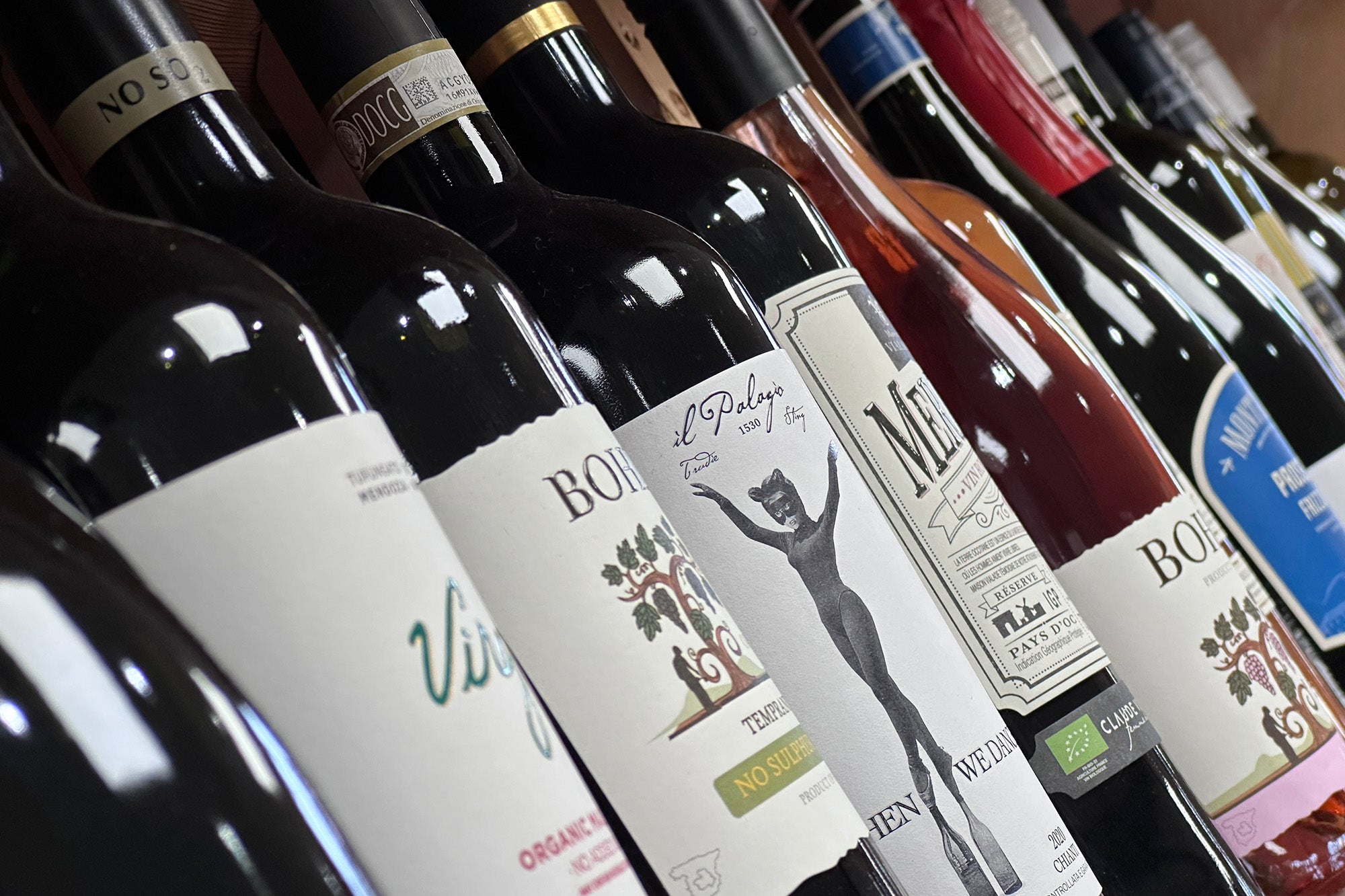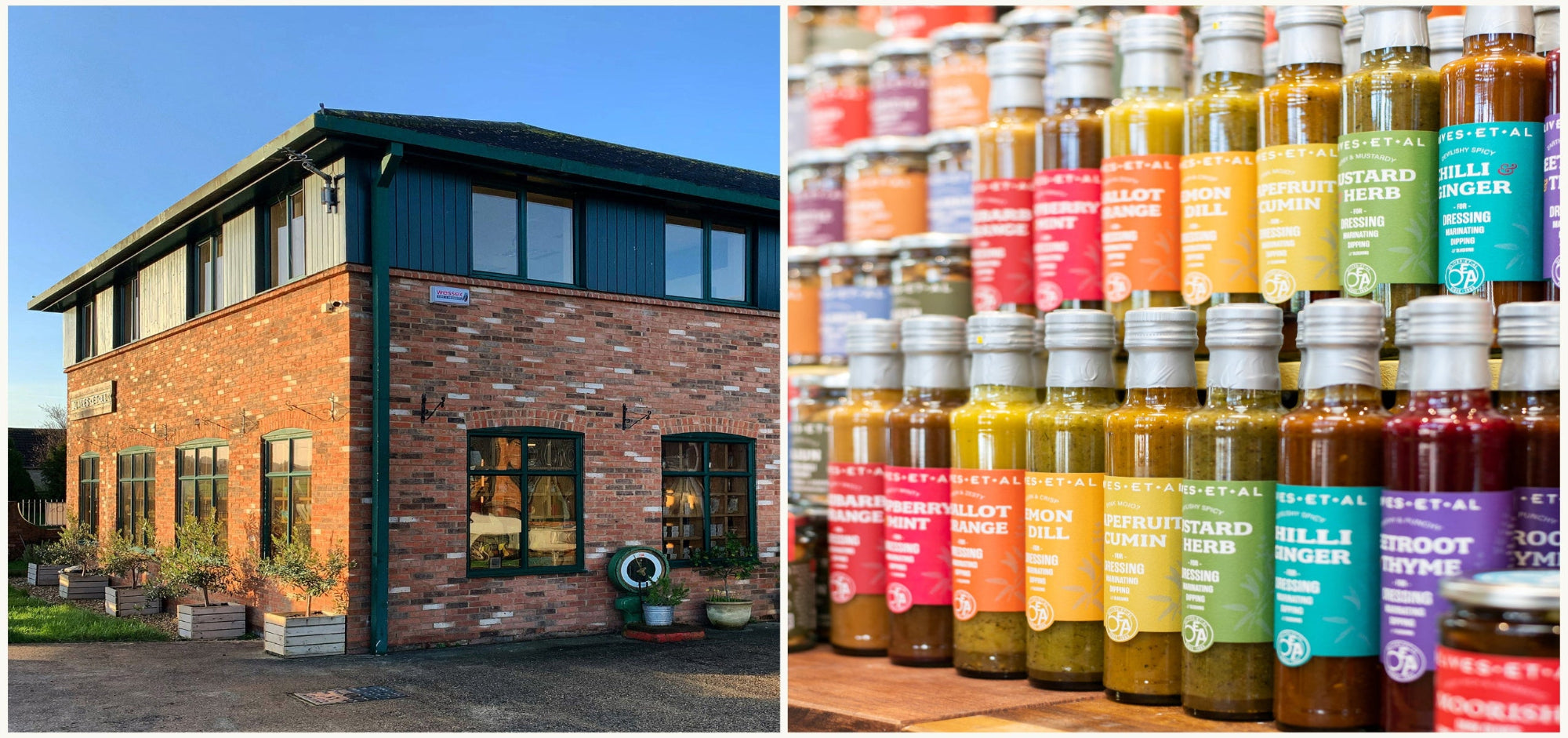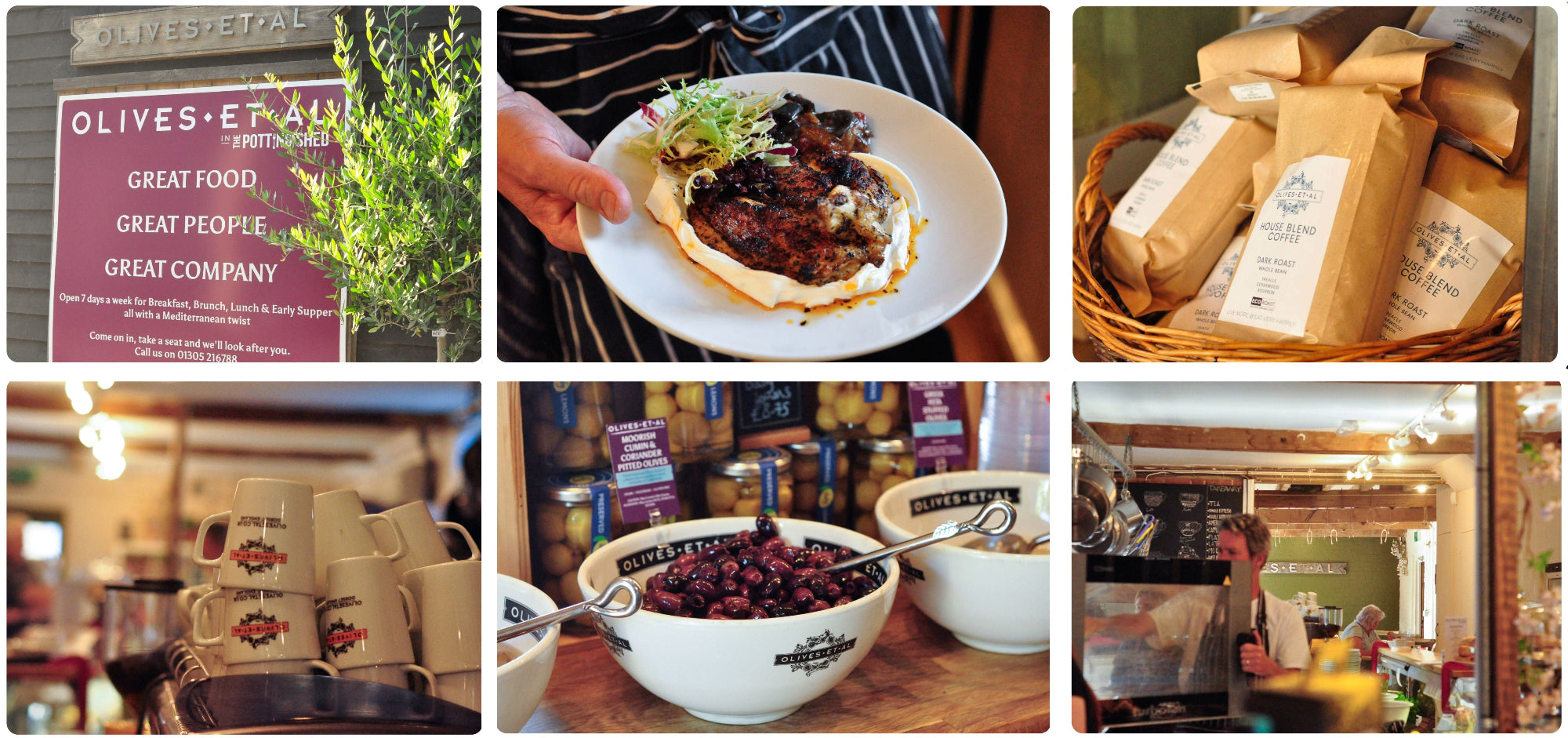Balsamic Vinegar
SHOP BALSAMICThe Knowledge
All you need to know (and possibly a little more than you want...)
We really love long term relationships and working with people who have similar values and outlook on life. We first came across Acetaia Leornardi way, way back when Balsamic Vinegar was a relatively unknown addition to our tables here in the UK and we've worked with them ever since.
Last year, as part of our Climate Research odyssey we visited them at their farmhouse and estate to try and get a better understanding of all things Balsamic as there really is a lot of guff, mistruth and confusion out there - so we went to the horses mouth and boy, did we learn.
For a start, you cannot give Balsamic Vinegar an accurate age because of the way it is aged and drawn off. See the section on 'Travasi' below for a detailed explanation...
Nor can you put 'Balsamic Vinegar of Modena' on the label unless you are certified bottling site nor can you use the PGI classification unless you are part of the consortium (which, being in Sturminster Newton, not Modena, we are clearly not!).
Many balsamics are made thicker using heat so as to reduce them, likewise, many balsamics contain caramel to darken the colour and make the vinegar appear more aged and premium.
So, we have chosen 3 top flight balsamics which we import directly from the Acetaia and bottle right here in Dorset as we really wanted to put them under our brand - hence, no age, no PGI, no '...of Modena' and certainly no caramel - just grape must, aged over a number of years in wooden casks in the time honoured manner.
Like so many things in life, you really do get what you pay for.
Balsamic Condimento.
Very Good, Gooder and Goodest.
Ancient Roots
Balsamic vinegar, a cherished Italian condiment, boasts a history rooted in ancient Roman traditions, evolving through the Middle Ages and Renaissance before becoming a symbol of luxury and culinary prestige, particularly in the Modena region.
The practice of cooking grape must (saba) and its subsequent acetification (turning into vinegar) dates back to ancient Roman times, with the Modena area already known for producing unique vinegars.
In the 12th century, the first written references to a precious vinegar produced in the Modena and Reggio Emilia area appeared, although the word "balsamic" wasn't used.By the late 1200s, vinegar production flourished at the Este Court in Modena, with the term "balsamic" first recorded in 1747 in the ledgers of the Este family cellars.
In the 16th Century, with the dawning of the Renaissance, balsamic vinegar became an indispensable ingredient in the courts and on the tables of the aristocracy, emblem of well-to-do luxury and an elevated gastronomic culture.
In the 19th century, after Napoleon's arrival in Italy, balsamic vinegar began to be known and sold even outside the Duchy of Modena. Producers began to present it at numerous international exhibitions, meeting with great success.
Balsamic Vinegar is known and celebrated the world over, the traditional, lengthy process is oftened industrialised with additives and carmamel for colouring. There is no substitute for the flavour and complexity when it is made the correct way.
Acetaia Leonardi
The Leonardi family have been producing Balsamic Vinegar at their farmhouse in Modena since 1871.
The typical grape varieties of Lambrusco and Trebbiano are grown to obtain the cooked grape Must (Saba) which is the basic ingredient of our Balsamic Vinegar.
This is then slowly matured in wooden barrels over several years to create a special, complex vinegar the tradional way, without any additives or colouring.

What are Travasi?
In the world of Traditional Balsamic Vinegar, an essential annual process takes place in vinegar cellars—Travasi (pouring) and Rincalzi (refilling). This occurs after the grape harvest and the must’s cooking phase.
Traditional Balsamic Vinegar is crafted from the must of Trebbiano and Lambrusco grapes, which are grown and harvested exclusively in the Modena region.
The vinegar is aged in a sequence of barrels known as a "Batteria" (array). A typical batteria consists of 5 to 7 barrels of decreasing sizes, with the largest holding 60-70 liters and the smallest ranging from 10 to 5 liters. These barrels are made from various types of wood—including oak, cherry, ash, chestnut, juniper, and mulberry—which impart unique aromas, influence the vinegar’s consistency, and enhance its deep, rich color.
Through this meticulous process, Traditional Balsamic Vinegar develops its distinctive character, making it a prized delicacy.
The finished Balsamic Vinegar is drawn from the smallest barrel and bottled. After this, it is essential to replenish the liquid in the smallest barrel to compensate for the extracted vinegar. Additionally, the other barrels must be refilled to account for the natural evaporation that occurs annually.
Each year, after extracting the bottled vinegar from the smallest barrel, the top-up process begins. The liquid from the second-smallest barrel is transferred into the smallest one, then the third-smallest into the second, and so on. This cascading process continues until the largest barrel is finally replenished with fresh, boiled must. Additionally, newly acetified must must be introduced to sustain the aging process, ensuring the vinegar’s continued maturation and complexity.


